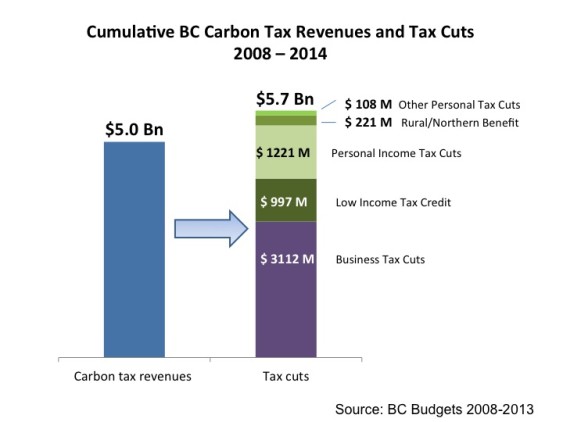Is carbon revenue too flighty for Washington to depend on it to solve some of its budget woes—including the State Supreme Court’s McCleary mandate to fully fund education? If a carbon price is successful at cutting pollution, won’t the revenue stream dry up as the pollution dwindles? The answer is no. Price and pollution are related; the price must progressively increase to continue curtailing pollution. If Washington keeps ratcheting down the pollution, it will receive a carbon revenue stream that will steadily rise for the next two decades and then flatten out in the 2040s.
Because it is difficult to make predictions, especially about the future, I offer three plausible price scenarios based on what we know. We know that pollution responds to price. We know that complementary policies, such as investments in energy efficiency, can work with a price to cut the cost of paring pollution. Each of the scenarios below assumes the Evergreen State hits its existing pollution abatement goals: getting back to 1990 levels of pollution by 2020, then cutting to 25 percent below 1990 levels by 2035, then slashing to 50 percent below 1990 levels by 2050.













